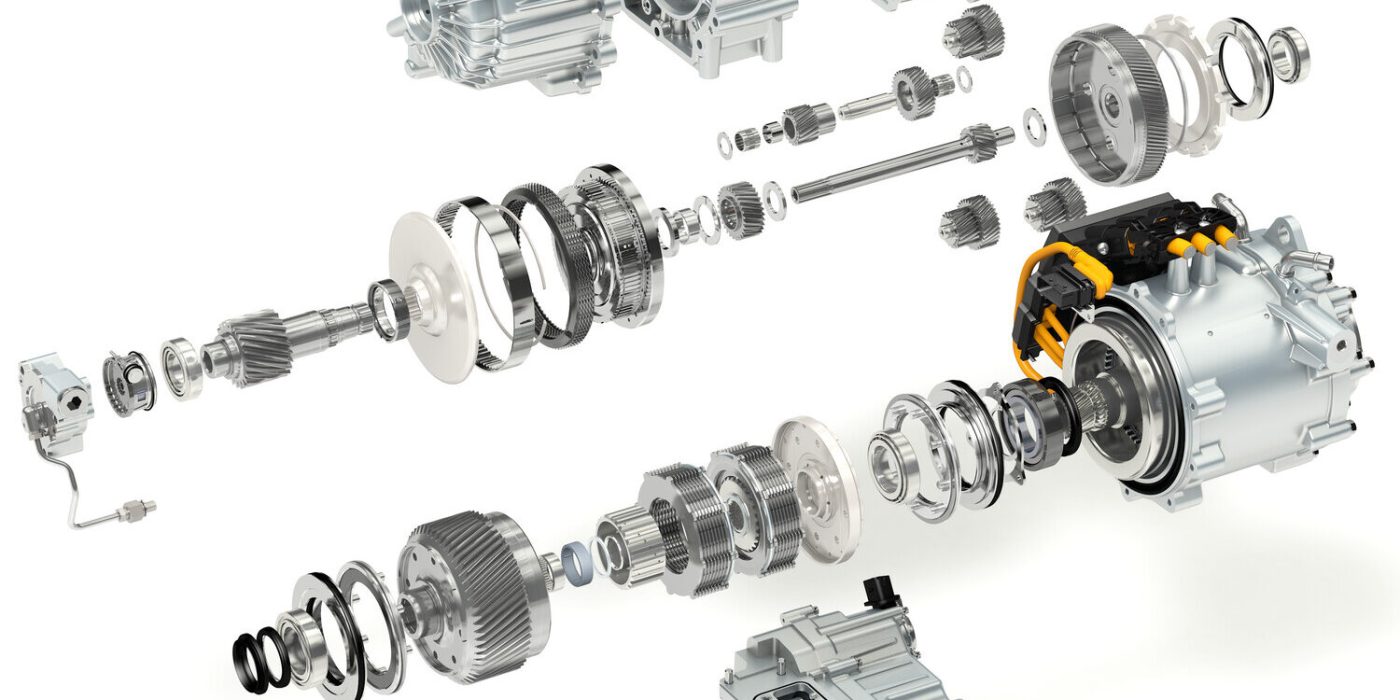GKN’s Dirk Kesselgruber on Formula E developments & applications
As this year’s Formula E season draws to a close, electrive interviewed Dirk Kesselgruber, the Chief Technology Officer at GKN Automotive, who provided an outlook on where the company’s technology stands, and where it is heading.
Fans of the electric racing series will know that the technical requirements change from season to season, in order to accommodate the technical development in the industry, as well as to keep the races themselves competitive and captivating for the viewers. One major such innovation will be the addition of charging stops next season, which the competitors had to plan around this year. As a result, energy conservation and recuperation played a major role, while next year’s charging capacity may take a higher priority in technical development needs.
However, the ability to recharge a battery is not the only requirement for competing in the race, as Kesselgruber explains, performance weight and consumption play a far bigger role, as they primarily determine the car’s range, speed and acceleration capacities. As such, complexity and redundancies need to be downscaled, in order to make the vehicles more efficient. A useful tool in this area will be digitalising and simulating the vehicles, their drives and even their production facilities.
Dirk Kesselgruber points out that this performance improvement is also easily translatable to the public car market, where terms such as ‘range anxiety’ are still sometimes heard in the field of electromobility. Technologies such as thermal management are also on the table for optimisation, which plays a deceptively large role in EV driving and charging technology. Kesselgruber added that rethinking processes to reduce complexity and drive down costs is vital, as they are emerging as a major barrier to e-mobility adoption rather than vehicle ranges. GKN aims to do this by optimising old processes and rethinking the development approach from new angles.
GKN has taken a somewhat decentralised development approach to solving these issues, with development labs around the world, which each look to their own market specifications, but share many technical developments, such as software and mechatronics. GKN also wants to develop its own performance electronics, looking to improve performance and lower development and production costs.
Kesselgruber explained that this will necessitate the development of more rational systems, coupled with balancing costs and performance, as well as attempting to save space and weight in the newer system iterations. Other processes require rethinking processes to integrate or possibly even save steps. Volkswagen’s PowerCo, for example, is following this approach with its dry coating process for battery cells, eliminating the need for an energy-intensive drying process.
Platform voltage basis plays a major role for driving fast or hauling heavy
Kesselgruber also points to 800-volt technology as a major factor in the advancement of power and charging capacities of electric drive systems, for which he points to Germany being a world leader. Whether this lead will remain as the current German government is doing little to support technological innovation and German manufacturers complain about the lack of orders, both at home and internationally, remains to be seen. Regardless, the 800-volt platform does allow for higher performance and faster charging, but whether this is something that makes sense for broad use on public roads is another question entirely, particularly as charging infrastructure is becoming increasingly widespread and available. Last year, GKN presented their most recent generation of inverter technology for 800-volt vehicles.
For vehicles such as electric trucks, or buses, this would also make a lot of sense, as the vehicles have a larger battery to charge and are in more constant use than personal vehicles. According to Dirk Kesselgruber, GKN will be looking at the problem from multiple angles, with multiple research goals. By splitting their research teams far abroad, they can each compartmentalise individual approaches to technology, while sharing the results with the rest of the company.
Particularly as e-mobility is leaving its baby shoes behind, more approaches to technology development will be needed. Not all vehicles benefit from larger batteries, but almost all of them do benefit from weight savings, as this requires more energy to accelerate. Components such as thermal management also play a huge role: battery optimisation without cooling or heating the unit, depending on weather conditions, is nearly impossible, and saving weight in this area would benefit basically all electric vehicles.
Future goals
As mentioned above, the next season of Formula E is planned to feature charging stops, which will change the requirements for the racing vehicles somewhat. This is also paralleled by the steady expansion of charging infrastructure in the real world: particularly since the more widespread adoption of Tesla’s NACS charging technology, manufacturers have started showing more interest in charging networks. For example, even in the USA, a new automotive alliance is forming to create a new high-power charging network on the continent with support from BMW, General Motors, Honda, Hyundai, Kia, Mercedes-Benz and Stellantis. Tesla also started installing its new V4 Superchargers in Europe recently.





0 Comments